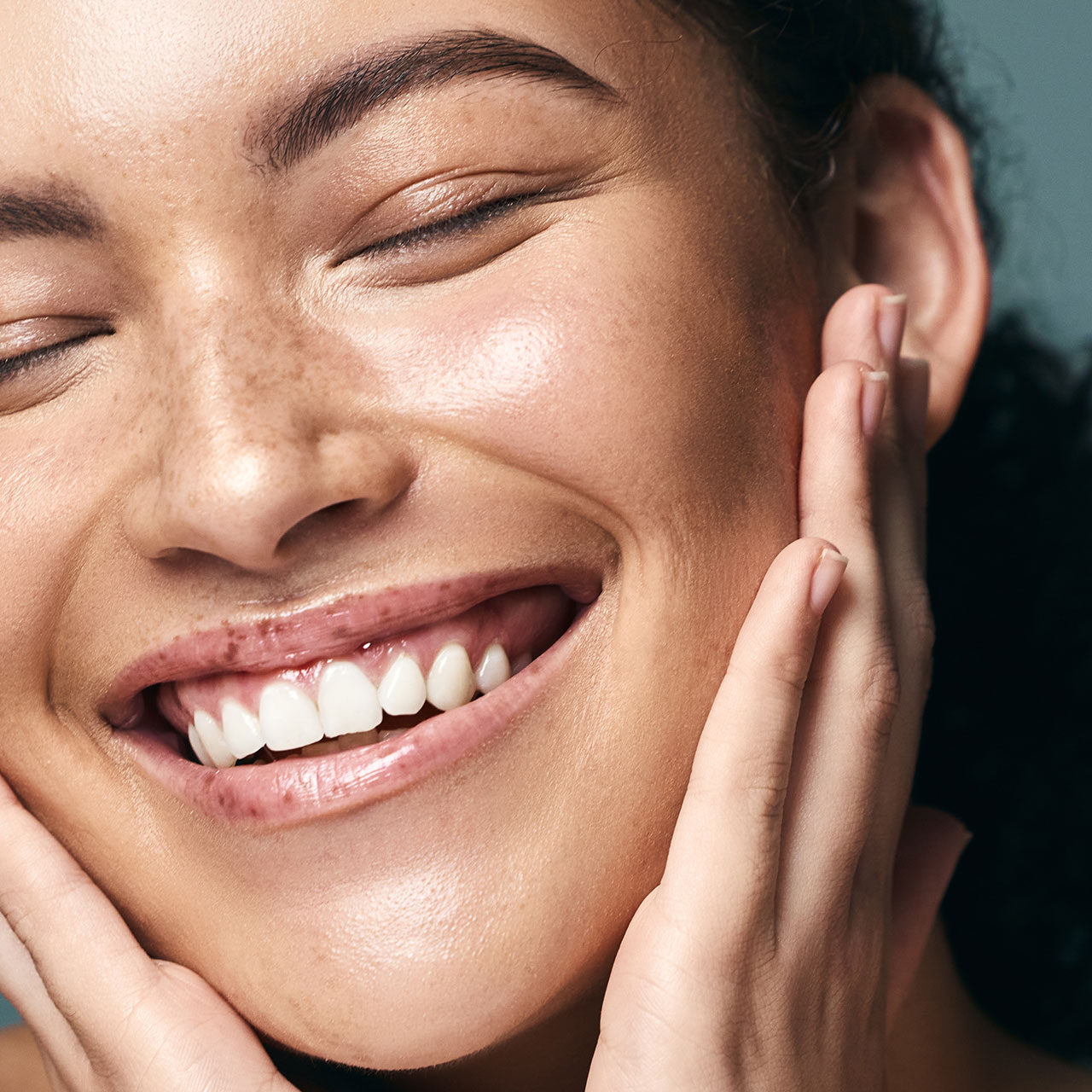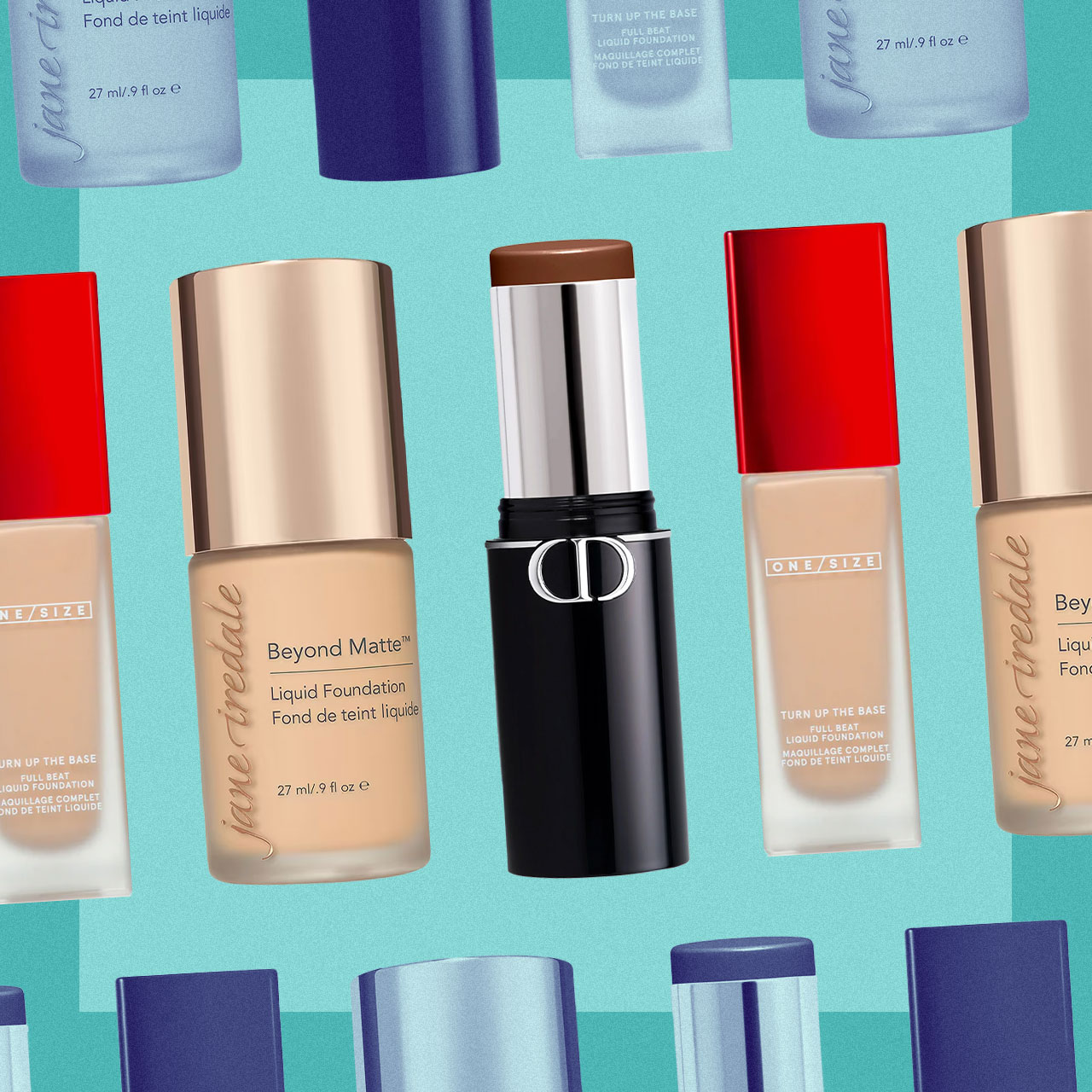You know how you emerge from the salon feeling great about your hair when it’s freshly dyed? And then how you feel much less great about it a few weeks later when the ends of your hair feel as dry as straw? That’s kind of how many dyes operate: they give great color and hide grays at the roots — and then then take away, often taking your hair’s health with them.
There are, of course, a number of amazing conditioners and hair masks on the market, as well as good hair practices you can follow like wearing a hat so that UV rays don’t oxidize color faster than necessary. And good tips go a long way if you color your hair. But at a certain point you may become completely fed up with the whole hair dye process and could be searching for ways to color your hair that aren’t as harsh and potentially damaging as permanent hair dyes.
That’s where demi permanent hair dye comes in. This hair dye is one that experts swear by for reducing the appearance of thinning hair and boosting color and shine.

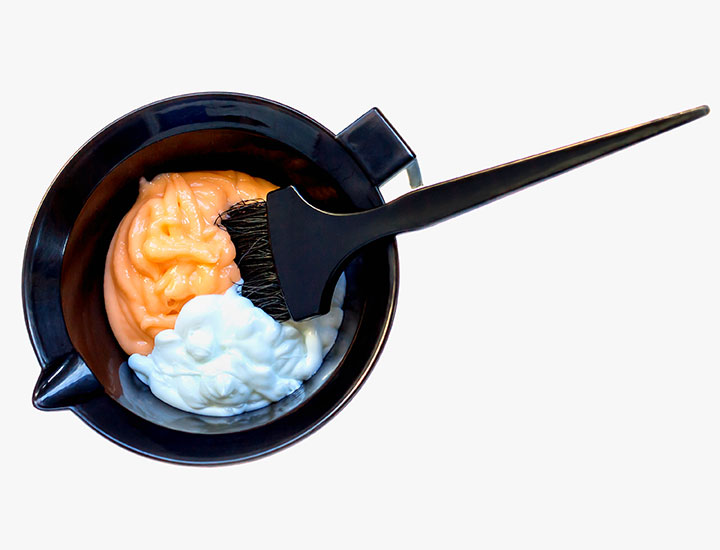
What is demi permanent hair dye?
Put simply, demi permanent hair color is a temporary hair dye that uses a developer that is weaker than that used in permanent hair color but stronger than that used in semi-permanent hair color, says HairDays Lead Trichologist and industry expert Shayna Simoné. “It typically lasts for 12 to 24 washes, depending on the specific product and the individual's hair type,” Simoné says.
More specifically, demi permanent colors contain a lower strength, or gentler, activating lotion (commonly called developer.) “Permanent hair color uses a developer strength of at least 20 volume, while demi colors are typically paired with 10 volume and semi colors with 5 or even 3%,” says Lisa Abbey, founder and CEO of Strength x Beauty. “Developer matters! Anything 20 volume or higher actually lifts or strips out your own color, before depositing the desired tint or tone. This is more harmful to the hair — and more prone to oxidation and/or unwanted color changes, like brassiness.”

By contrast, 10 volume is gentler, with less lift and more deposit, and can give good grey coverage, unless you have very resistant or very coarse grey hair, in which case you'll get grey blending but not full coverage, Abbey notes (this is important to keep in mind if you are trying to cover grays that typically take longer to treat at the salon). “The gentlest of all are semi permanent colors with a 3-5% developer that have no lift and only add tone and light grey blending, with a glossy finish,” she adds.

Why does demi permanent help your hair look thicker and shinier?
“Demi permanent hair color doesn't degrade the hair cuticle like permanent color and stronger developers can, and in fact helps strengthen and thicken the hair,” Abbey says. Instead of 'lifting and depositing,’ the gentler lower volume developer helps the color molecules 'stick' to the outer cuticle of the hair instead. This color 'coating' makes the hair look and feel thicker and can help protect the hair from damage.”
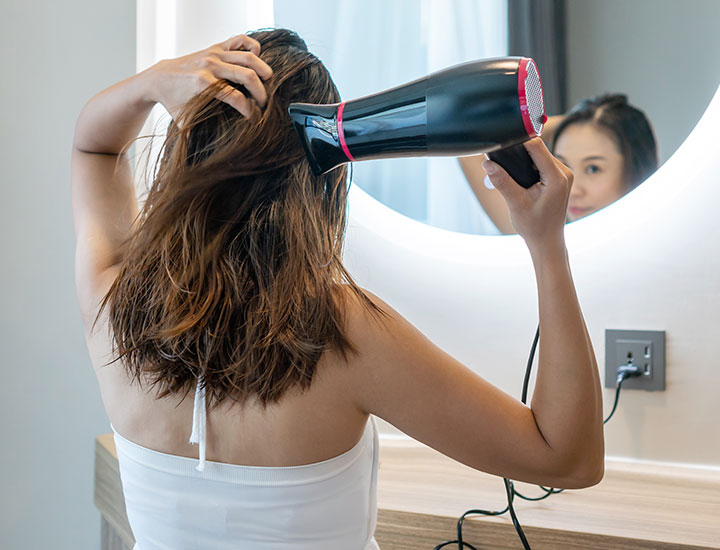
Using a demi permanent that sits on the outside of your hair strand also fills up all the gaps in the cuticles so your strands will reflect light more evenly, says Simoné: “It can help blend gray and also enhance the current hair color.” Talk about added shine.
Another benefit that Abbey notes: when the demi color washes away, you won't have the faded, brassy tone that permanent coloring can leave behind, so your hair will remain — and look — much healthier.
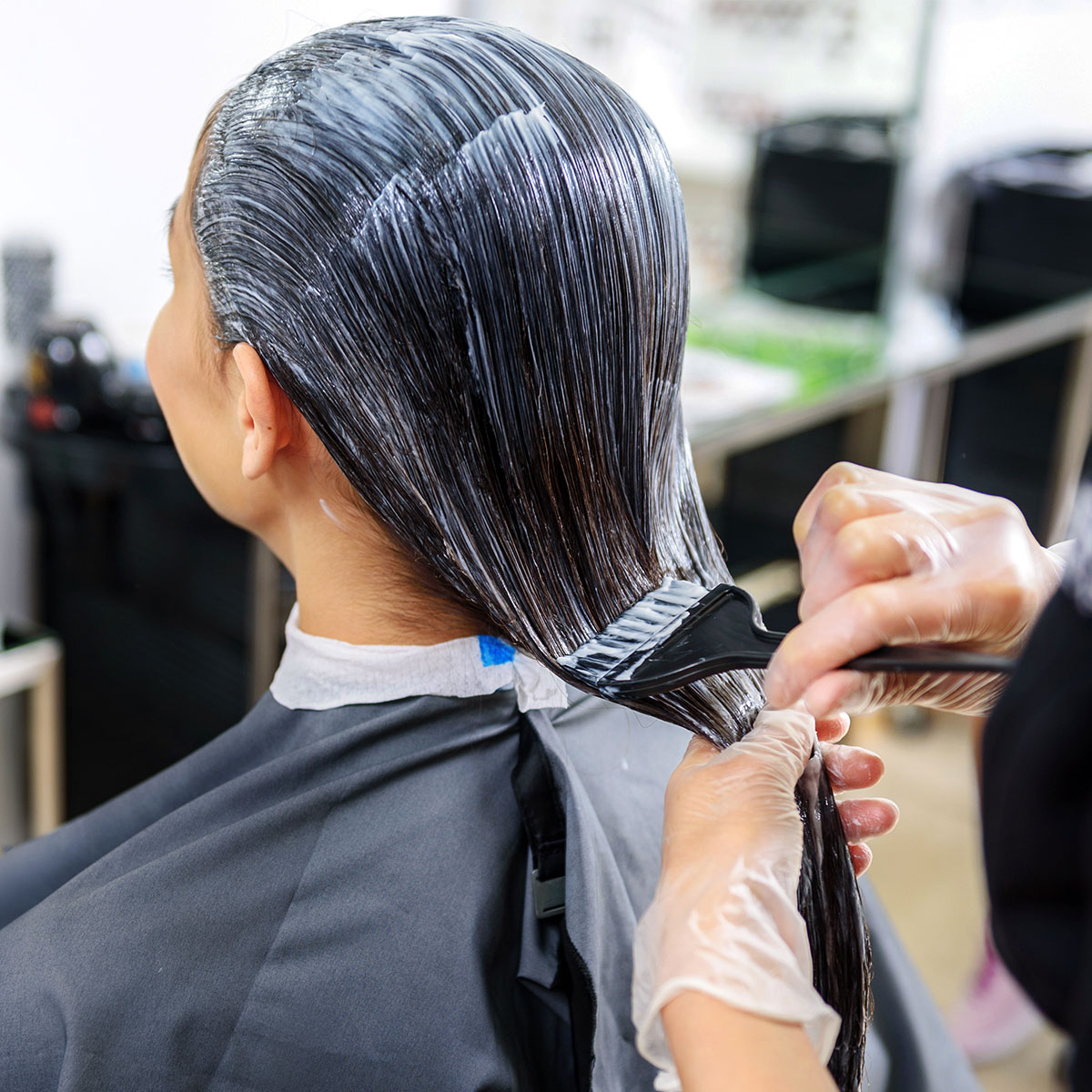
Demi-permanent dye doesn’t contain ammonia like other hair dyes and uses a developer that is weaker than that used in permanent hair color, Simoné reiterates. But because it doesn’t penetrate the hair shaft as deeply as permanent hair color, it lasts for a shorter period of time than permanent hair color. So the trade-off here is that you may find yourself wanting to use demi permanent hair color more often than permanent dye.
But, for a swap that is gentler to your hair and promotes mega shine and thicker-looking strands, you may want to consider trying out a demi-permanent dye the next time you’re in the mood for a color change.














